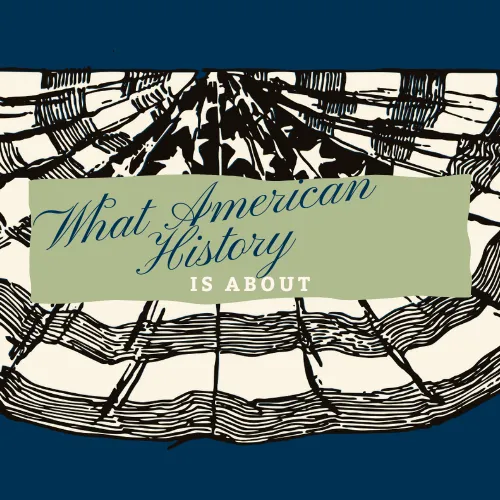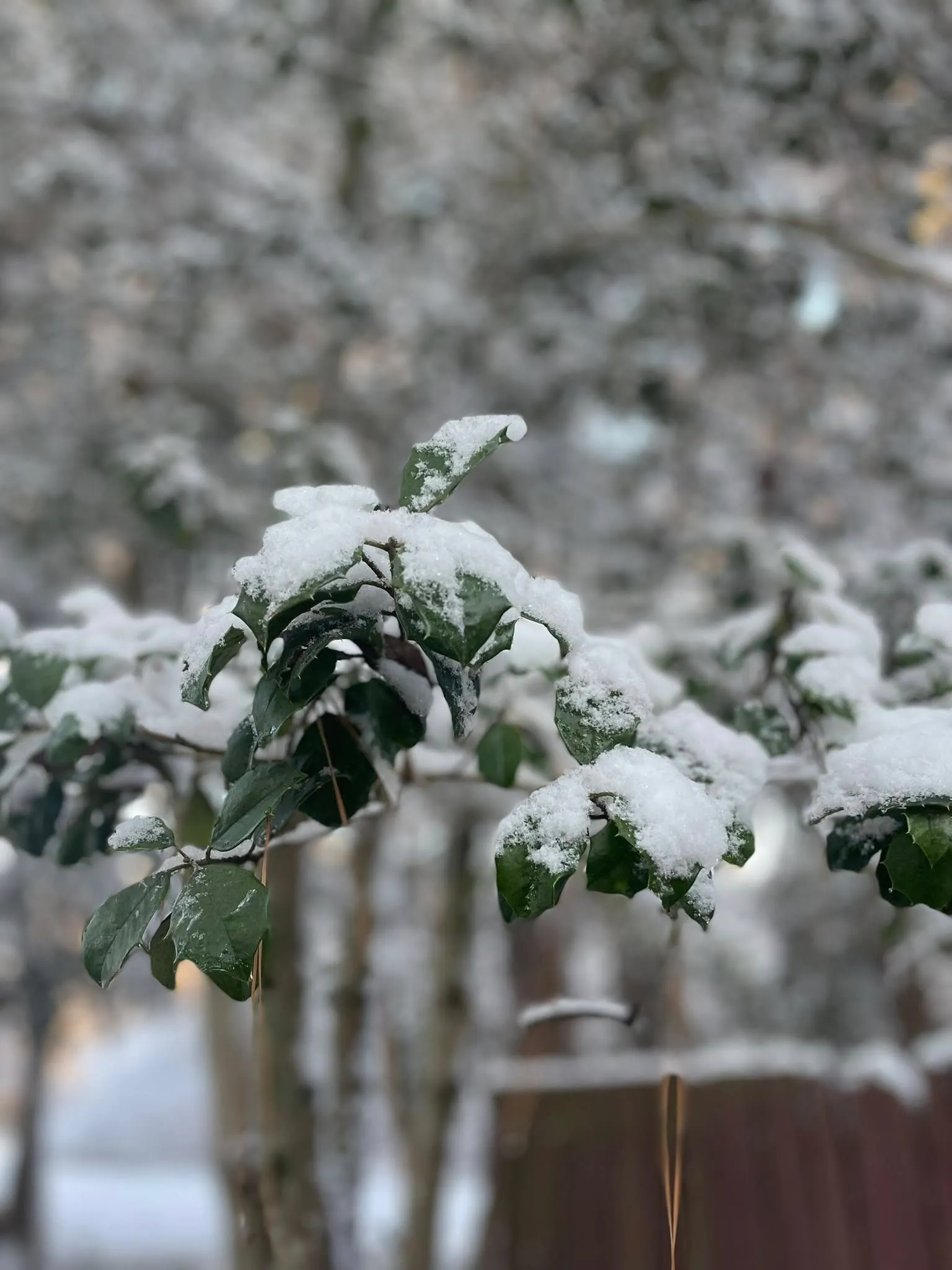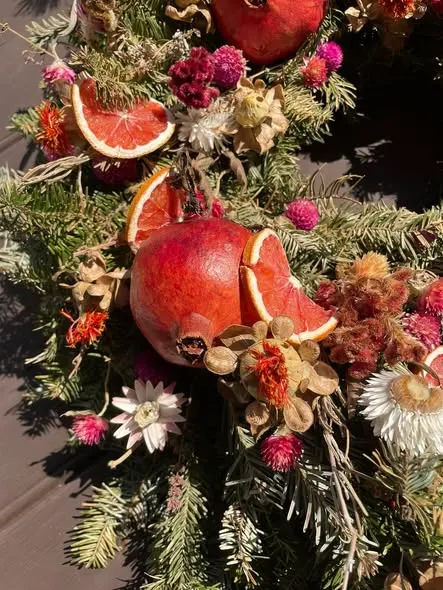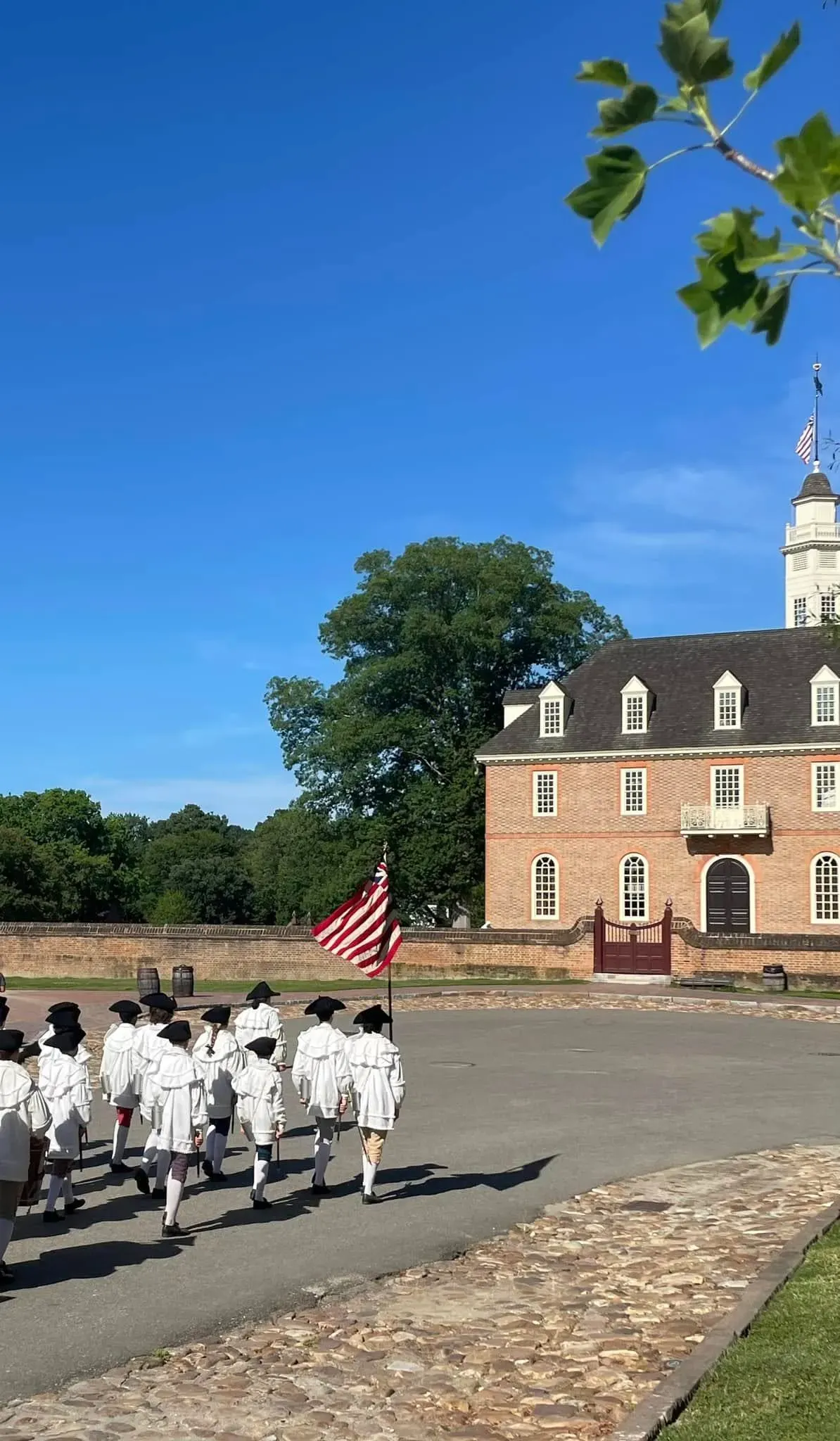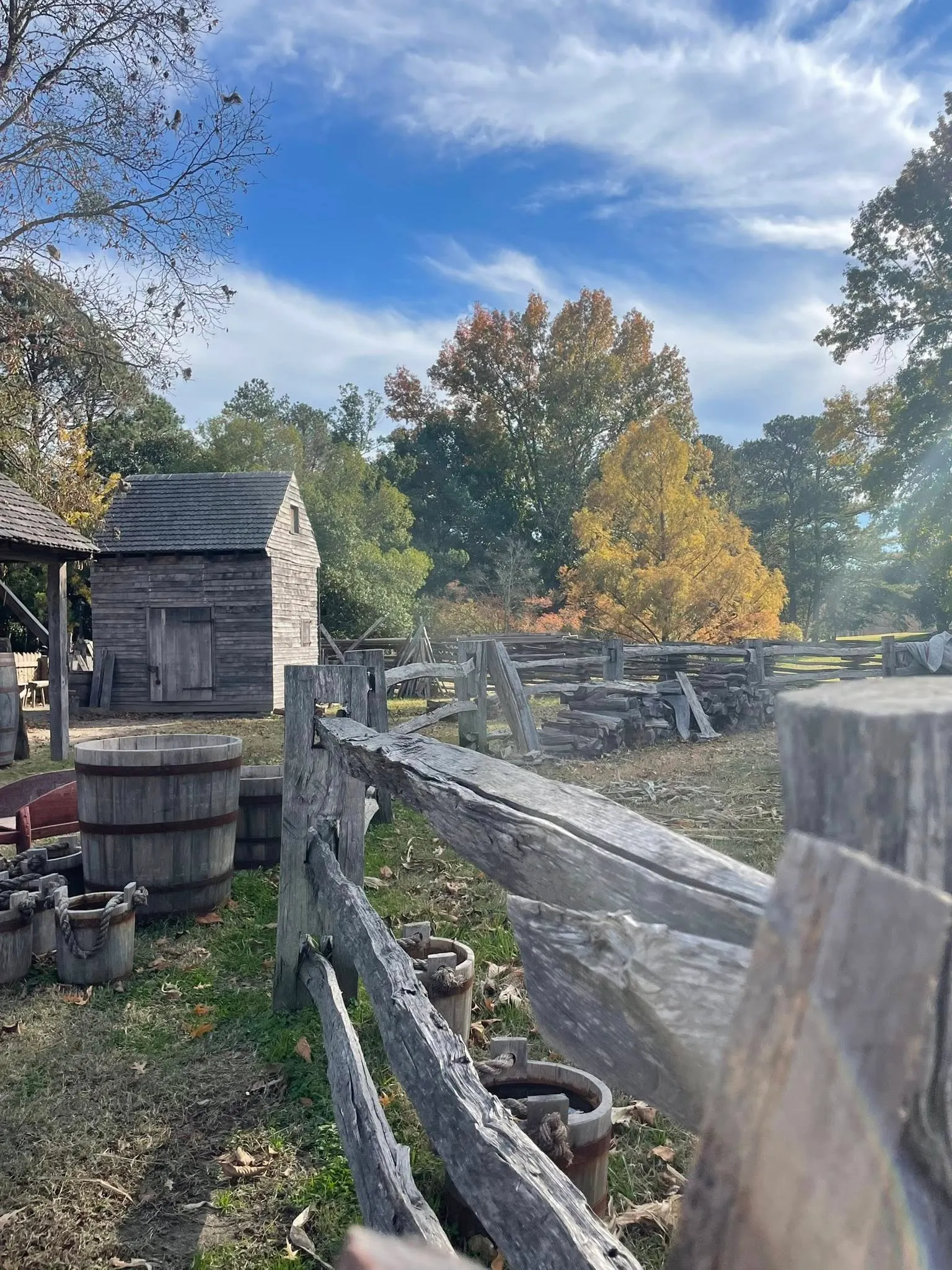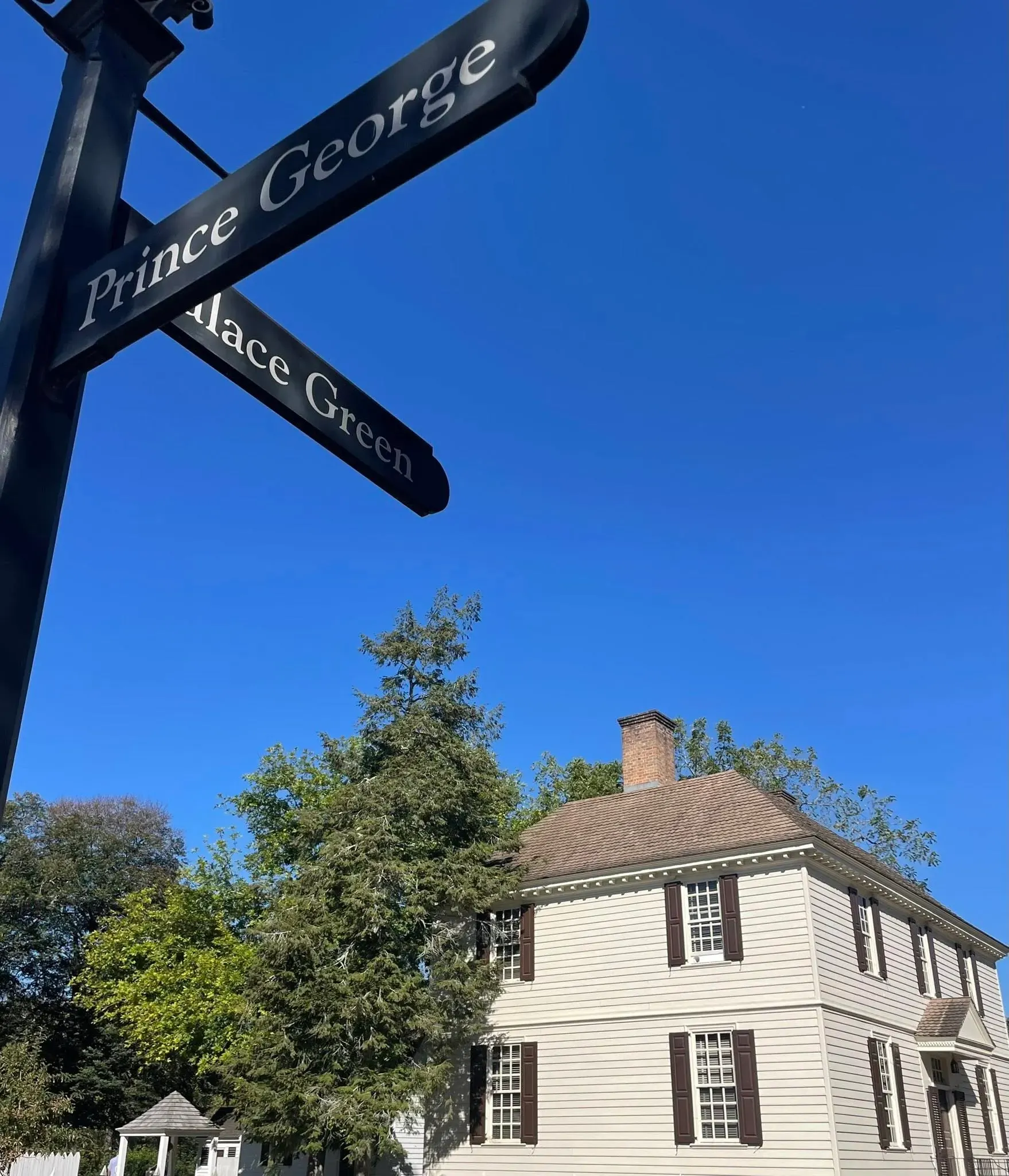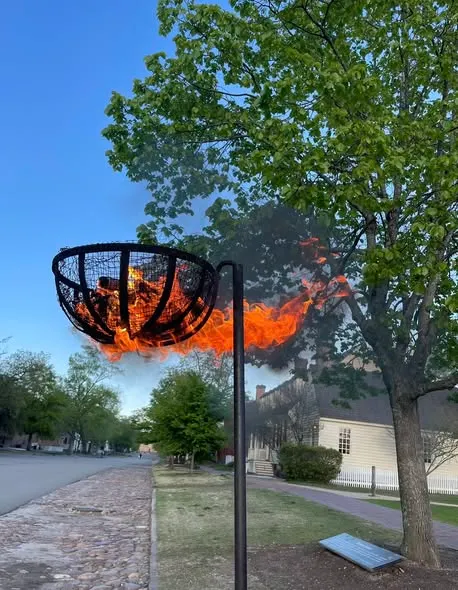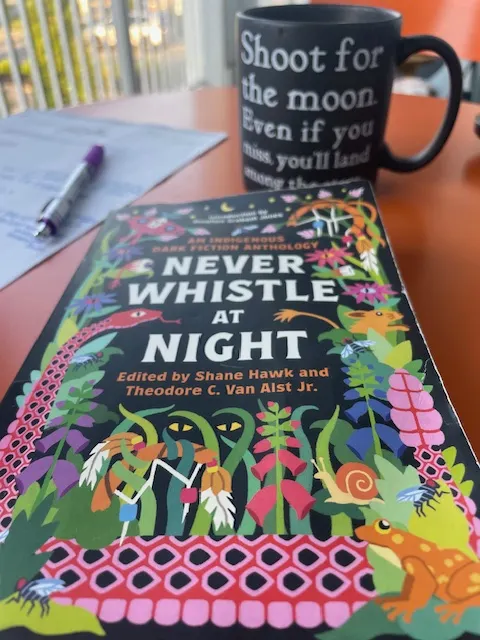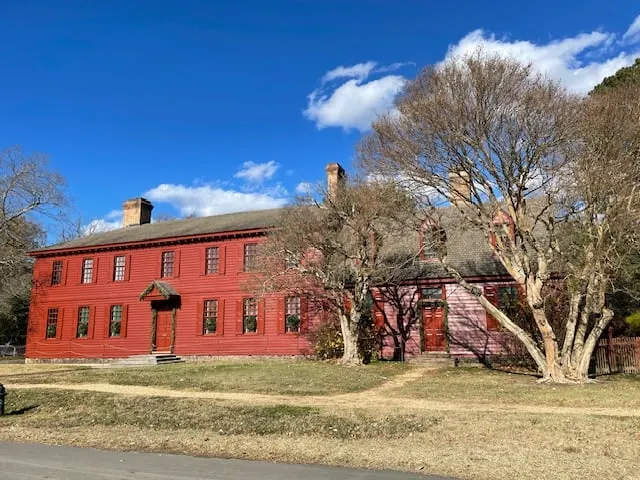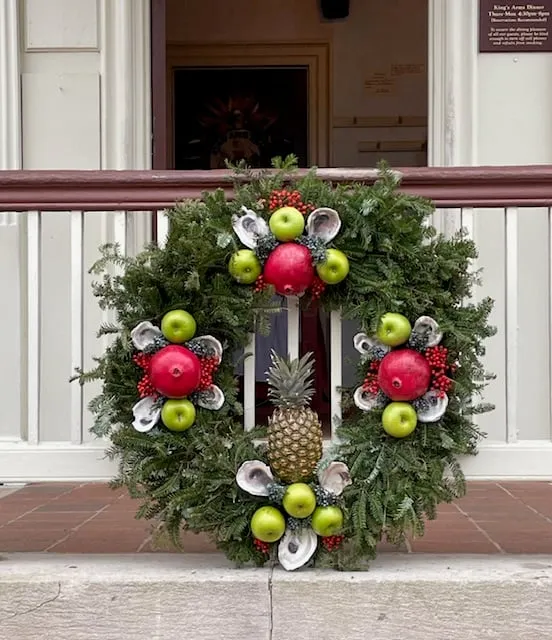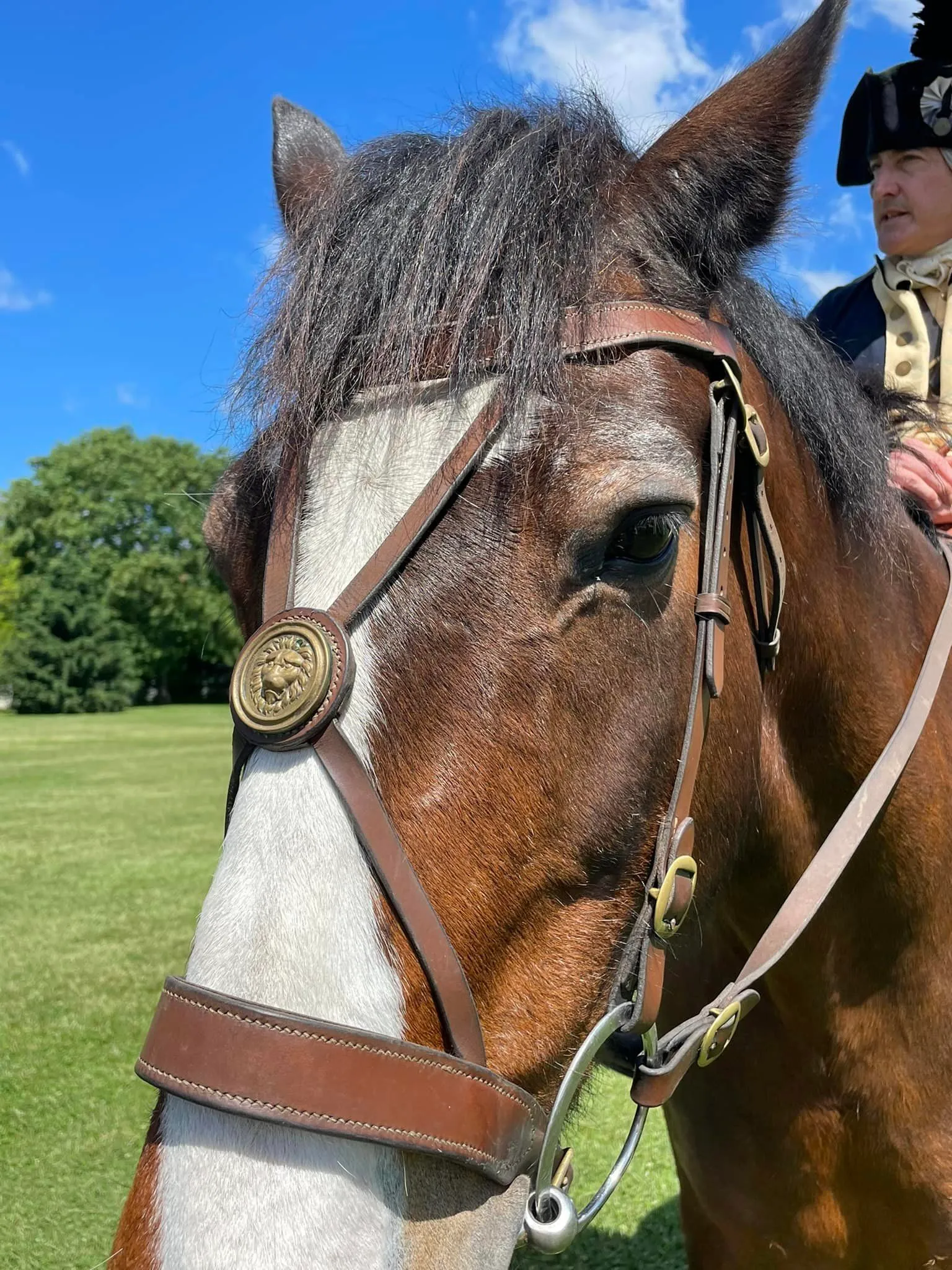I Heard Music No One's Seen Performed for Hundreds of Years
My dad used to love listening to classical music.
At least that's a memory I have from childhood so maybe I'm overstating it in my head, but that's ok! Last night's candlelight concert at Bruton Parish took me back to a place of "calm." And, of course, history was involved, and it wasn't just my memories of being a kid in Chicago.
That history was about 18th century Virginia.
When we visited the harpsichord maker earlier in the day, I had no idea I'd have the perfect photo for a blog post! First off, it was fascinating to watch this craftsman in Colonial Williamsburg (CW) using 8 types of wood so far, put together an instrument we hear referenced repeatedly here in CW.
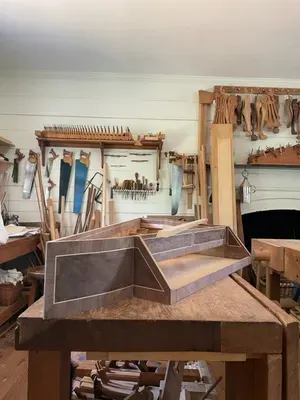
Disclaimer: As a blogger, I use affiliate links sometimes! I may receive commission from purchases I share; it does not change your price but sometimes you might get a discount.
Even though I wrote a post about early American music, I'm writing a whole new post inspired by my random Thursday experience in CW.
Why is it random? Earlier this week, we met Ken and Amy on the street, in front of Bruton Parish Church.
This fantastic couple are visiting here from northern Kentucky and were looking at the announcement of a candlelight concert; after spending time with them wandering CW, sharing meals, and loving every minute of it, we joined them at the concert that dance instructor Amy wanted to see.
I'm SO glad we did!
RELATED: Read my previous post about early American music here.
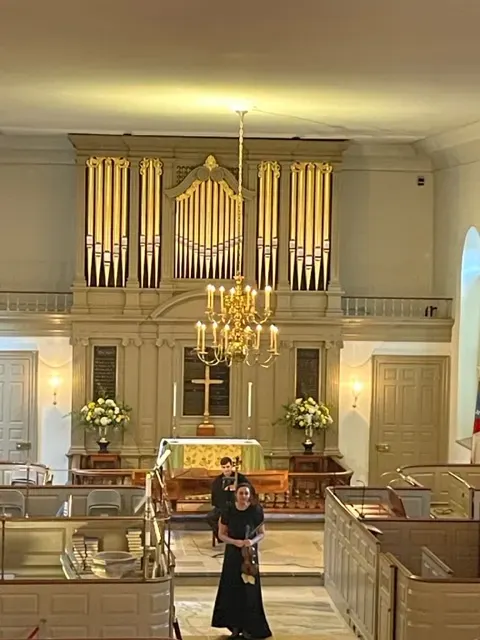
Music was hidden away in Jefferson's library and it was found!
This is what I love to hear- that something was tucked away in archives and someone with a passion for it brought it back to life. It's what Sophie Genevieve Lowe did-- quite literally.
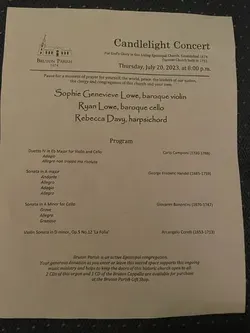
Sophie is a baroque violinist, and her husband Ryan is a cellist. And here is the really cool thing about last night's concert: Sophie told us the story of finding this piece (the top of the program photographed above) and set us on a path to imagine Jefferson, a violinist himself, listening to it... or even playing it.
This "found" piece is attributed to Carlo Campioni, an Italian composer who lived from 1720-1788.
What followed was more amazing music. The focus was clearly Italian influence and I found this out - I LOVE Italian-influenced baroque. Especially the cello!
But Bruton Parish's Rebecca Davy performing on you guessed it: a classic harpsichord, was American history coming alive, times a billion.
The harpsichord is one of the early American instruments young women would've been taught and listening to this concert, I could picture it being played at home for family or in the Governor's Palace at a ball.
All three of these musicians were some of the best talent I've seen. And yes, these concerts happen regularly in CW, bringing history alive.
RELATED: You can plan to see a concert like this one using the CW events calendar.
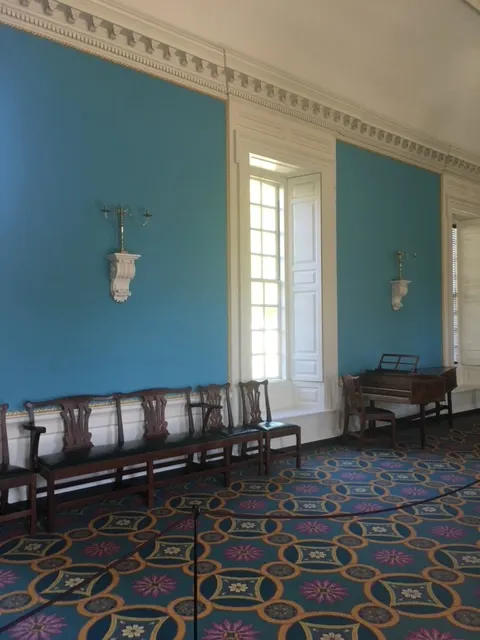
The ballroom (reconstructed) at the Governor's Palace in CW
Jefferson was complex, and music was one of his passions.
I found something super-cool myself. A letter perfectly displaying a bit of life in Paris for Jefferson- he shares about a visit to his friend Francis Hopkinson's harpsichord-maker in London.
In this letter, he shares details about shopping with Mr. Broadwood for a harpsichord he plans to purchase for his daughter. He dives deep into how it's made. Specifically, the materials and mechanics as he makes a decision on the purchase.
RELATED: Link directly to Jefferson's letter here.
Have you seen early American music performed?
Tell us about it in the comments!
And if you haven't, seek it out.
Are you enjoying the blog? Use my online tip jar and buy me a coffee:
There is a huge practical disclaimer to the content on this blog, which is my way of sharing my excitement and basically journaling online.
1) I am not a historian nor an expert. I will let you know I’m relaying the information as I understand and interpret it. The employees of Colonial Williamsburg base their presentations, work, and responses on historical documents and mainly primary sources.
2) I will update for accuracy as history is constant learning. If you have a question about accuracy, please ask me! I will get the answer from the best source I can find.
3) Photo credit to me, Daphne Reznik, for all photos in this post, unless otherwise credited! All photos are personal photos taken in public access locations or with specific permission.
